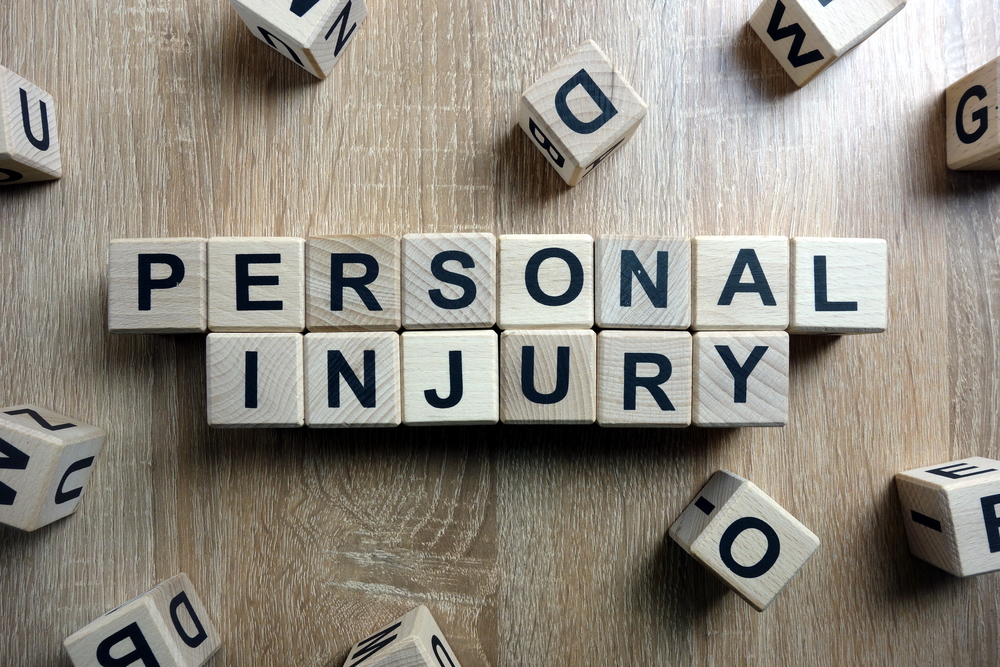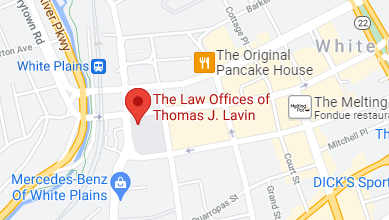Most people understand the concept of a last will (sometimes called a last will and testament). But they may not realize several other mechanisms can work, separately or apart, from the last will to ensure the estate is handled precisely as the estate’s owner wants it to be. One of those mechanisms is a personal property memorandum. Here’s what you need to know.
What Is a Personal Property Memorandum?
In order to understand how a personal property memorandum can be a valuable addition to a last will, it’s necessary to understand what the memorandum is and does. It’s a document that, on its own, isn’t legally binding. But including it in a last will or trust can help give the document more weight. Creating a personal property memorandum without tying it to a will or trust will not guarantee that its provisions will be honored.
The memorandum is usually a detailed list of specific personal property items and who they should go to after the estate’s original owner (known as the testator) has passed away. This can include anything from works of art to individual coffee mugs. The items don’t necessarily have to be of enormous dollar value but can include things of sentimental value instead–and those are things that can cause disagreement if left to the beneficiaries to sort out for themselves.
What Items Can’t Be Included in a Personal Property Memorandum?
As the name implies, this form is meant only for personal property items, which means things that don’t have an official title record. Among the things that can’t legally be included are real estate, business ownership or interest, bank accounts, copyrights, or stocks or bonds.
Do I Need a Personal Property Memorandum if I Already Asked My Beneficiaries What They Want?
It’s highly recommended that all bequests be documented. Verbal agreements are the types of situations that can cause disagreements and even lead to challenges in court, especially if someone feels that another beneficiary has unfair advantages in selecting personal property items. When the property is detailed through a memorandum and included in the will, it makes it much more difficult for the beneficiaries to claim conflicting wishes and bequests. Working with an experienced estate planning attorney can help you draw up a personal property memorandum in coordination with your will.
How Should a Personal Property Memorandum Be Drawn Up?
As long as it’s noted within the will, the personal property memorandum can be straightforward. It doesn’t require formal legal language and can essentially be a list of items noting to whom each item should go. Including each beneficiary’s names, addresses, and contact information is a good idea. If possible, including multiple forms of contact for each beneficiary is valuable.
Specificity is vital to the success of this document. Suppose someone notes that they’d like their brother to receive the funny coffee mug, but the testator has multiple brothers and several mugs that could be described as humorous. In that case, there’s no guarantee the mug in question will get to the selected brother.
As for formatting, it can be very simple, just a typed list or even handwritten. The critical things to do to make it legally enforceable are to sign and date it and to be sure to mention it in the formal last will.
Should I Just Put All Those Details in My Last Will?
You could, but there’s a good reason not to. These are often small items with not a lot of monetary value. They can build up quite a list depending on the number of items and beneficiaries. If you include them in your will and then change your mind about one or two of them, you’ll need to redo the will. But if you draw up a separate memorandum that’s mentioned within the will, the only thing you’d need to do is make a brief change to that document. It could be simpler, require less time, and be more cost-effective than detailing those arrangements in the will itself.
What Else Should I Do to Ensure These Personal Items go to the Proper Beneficiaries?
New York law doesn’t view a personal property memorandum as legally binding, but having a detailed memorandum and noting it in the will can make it more difficult for beneficiaries to argue about it. It’s also a good idea to choose the will’s executor with care, as they’ll be the ones tasked with overseeing settling the estate and ensuring those personal property items are distributed according to your wishes.
When selecting an executor, choose someone trustworthy and who you believe will adhere to your preferences. Then, take the time to sit down with them and go over both the will and the personal property memorandum in detail. This is a valuable exercise because what might seem clear to you may not to someone else, and that gives you the opportunity to clarify things further.
What Should I Do if I Want to Draw Up a Last Will and Personal Property Memorandum?
Call the Law Offices of Thomas Lavin at 718-829-7400 for a free case evaluation. Our team of knowledgeable, experienced estate planning attorneys understands how important it is for you to ensure your estate is handled exactly as you wish it to be. We can walk you through the details of your estate and look at the various estate planning tools to determine which might be best for you.








